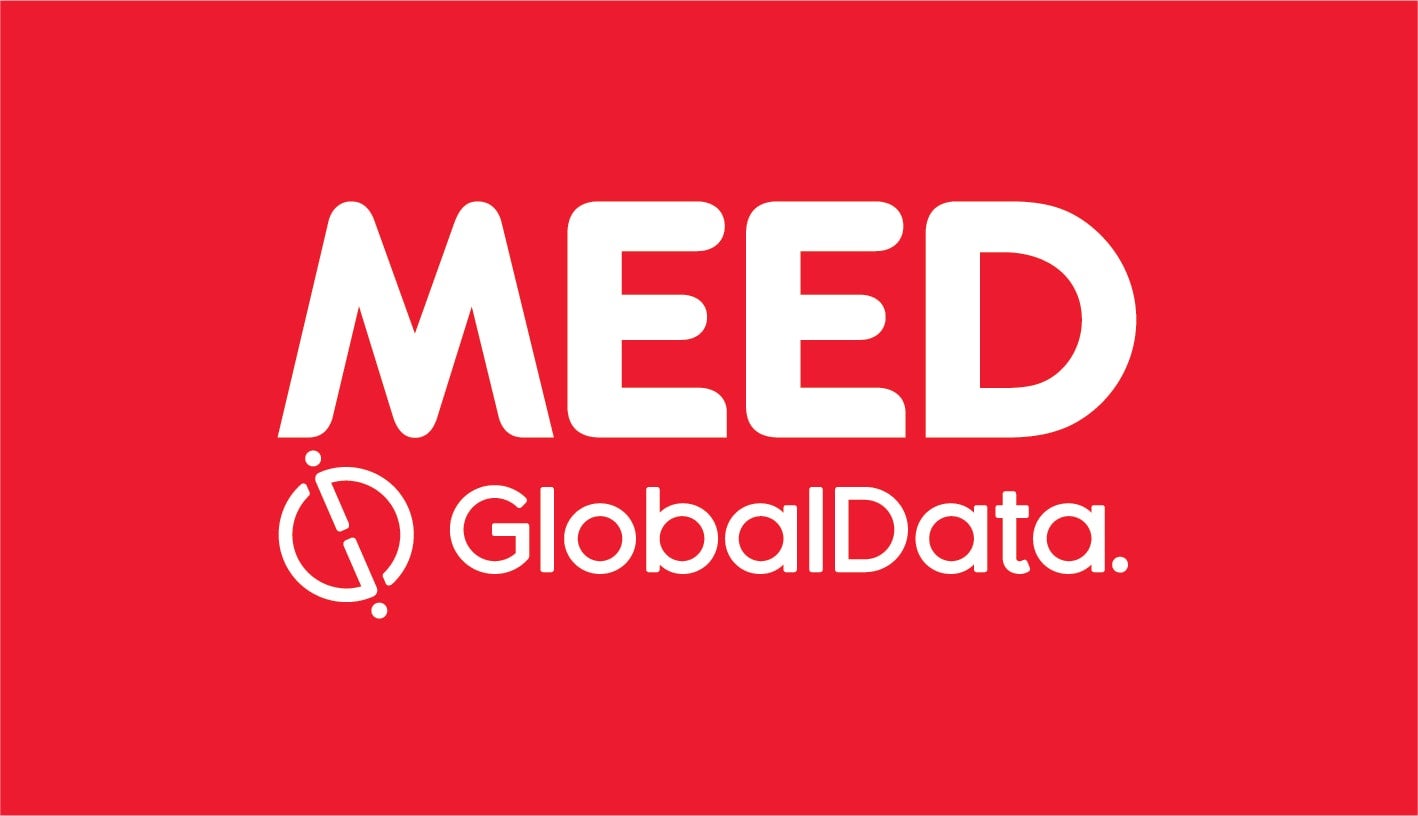The bank expanded its institutional and public sector reach while building an income-generating high-quality liquid asset portfolio
In Qatar’s 2024 banking landscape, stability was never the full story. Reserves backed by liquefied natural gas (LNG) provided cover, but shifting capital demands and a more discerning public sector meant banks had to move with care. Doha Bank, known more for conservatism than spectacle, took a quieter but meaningful turn.
This shift is part of the bank’s broader Himma transformation, a programme launched in late 2023 under a new leadership. Though often associated with retail modernisation, Himma’s impact on Doha Bank’s institutional posture is beginning to show. More than 80 internal initiatives have been mapped out, but it is the targeted ones – in treasury, syndication and public sector coverage – that are reshaping its corporate banking profile.
Funding and asset strategy
In a move that may have flown under the public radar but caught industry attention, Doha Bank returned to the capital markets with its first Euro medium-term note (EMTN) bond in more than two years. The $500m issuance at 5.25% was four times oversubscribed. That appetite reflects more than liquidity; it hints at growing confidence in the bank’s institutional direction.
The treasury and investment team has actively managed the proprietary investment portfolio, growing it by 12.6% this year through opportunistic allocations. The portfolio provides stable income and serves as a strong liquidity buffer, with the majority held in high-quality liquid assets. It also acts as a low-cost funding source through repo mechanisms, including repo-to-maturity structures.
Risk is effectively mitigated, with interest rate hedging covering around 91% of the fixed-income portfolio. The hedging is dynamically managed to capture capital appreciation from shifts in the interest rate curve. This prudent strategy enabled the bank to monetise volatility.
Prioritising public lending
Meanwhile, international banking made strides. Syndicated financial institution assets rose 23.4%, driven by deepening ties across the Middle East, North Africa and Turkey (Menat) and Asia-Pacific (Apac) regions. A new debt capital market origination desk, launched in the fourth quarter of the year, points to longer-term ambitions in capital markets execution.
Back home, public sector lending took priority. Doha Bank focused on government-linked clients through both bilateral and syndicated channels. Executives cite this as a growth area aligned with infrastructure goals.
The bank’s credit discipline remains intact. Non-performing loans held at 7.43%, and cost of risk eased to 1.18%. Some market watchers may question the headline non-performing loan figure, but the underlying tone is one of stability rather than concern.
In 2024, Doha Bank began a comprehensive environmental, social and governance (ESG) transformation journey, reinforcing its commitment to sustainable growth.
In its initial phase, the bank established a new ESG framework, adopted a double materiality-informed strategy, strengthened board-level ESG governance, and developed an environmental and social management system policy. These foundational steps position the bank to capitalise on ESG opportunities while proactively managing related risks.
Internally, Doha Bank strengthened its executive bench. Key appointments in risk, strategy and treasury functions marked a new phase of institutional maturity. The broader governance revamp now gives clearer oversight of risk, ESG and financial performance at a committee level.
Doha Bank’s trajectory is cautious but deliberate. In a region where quiet shifts often precede strategic breakthroughs, its 2024 performance may be more meaningful than headlines suggest.
